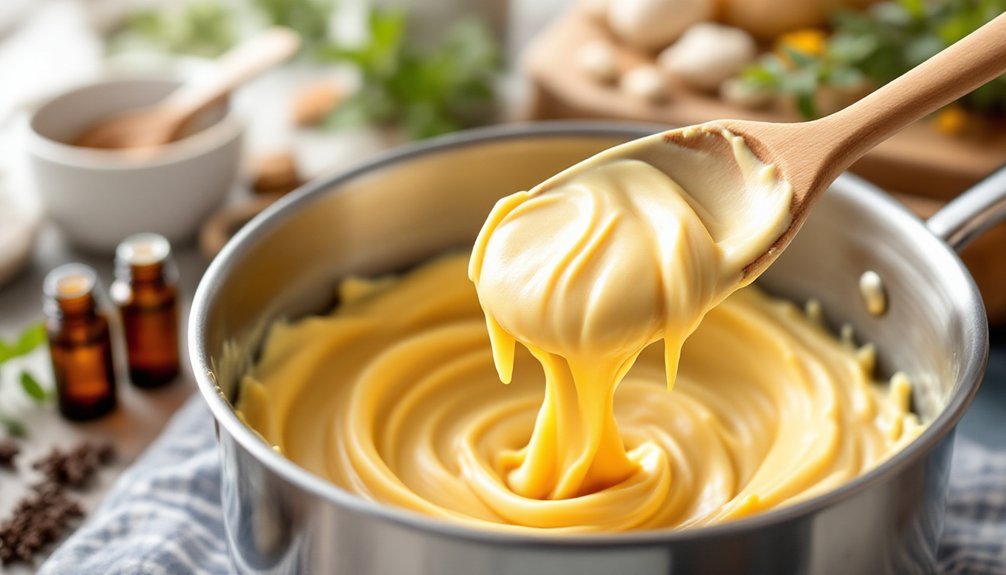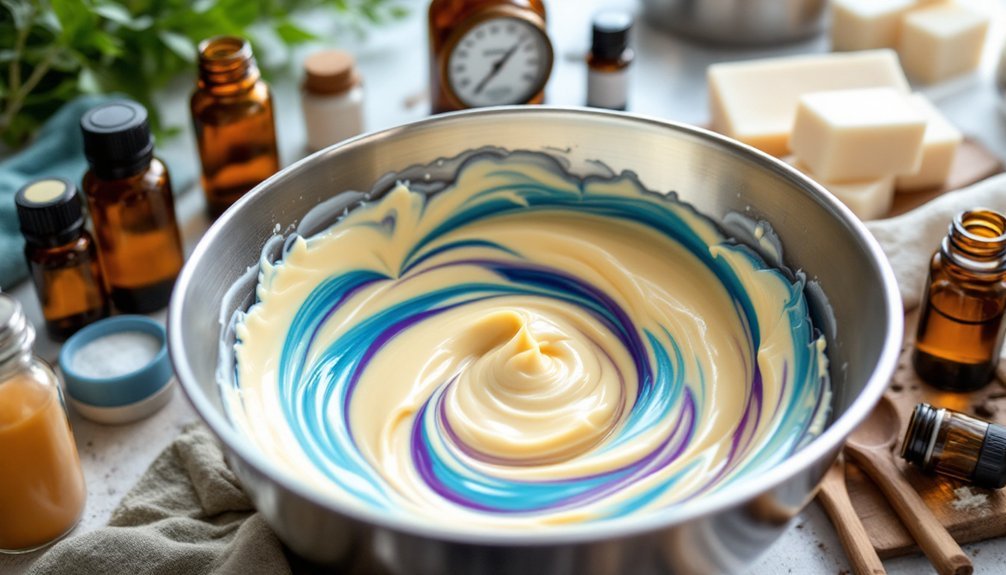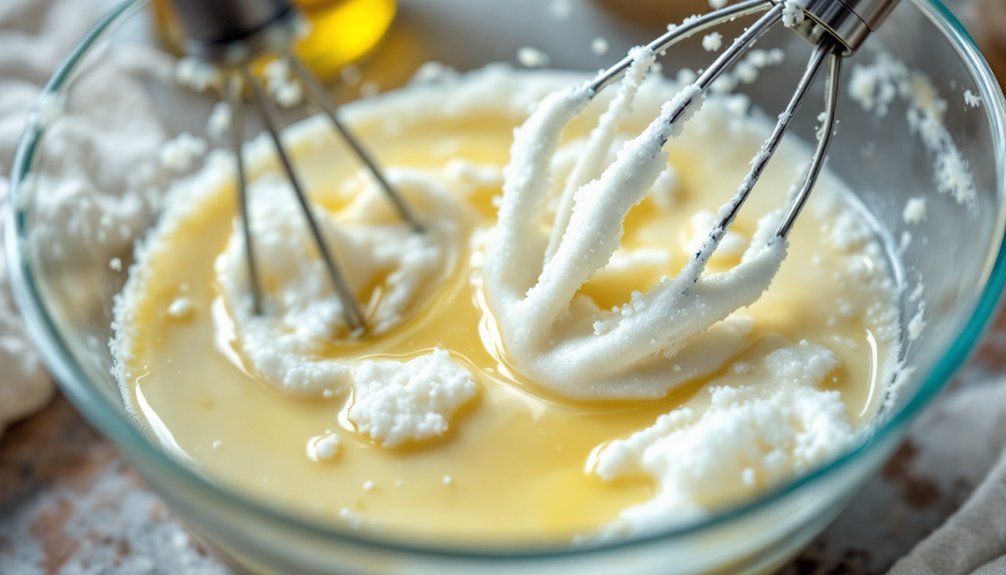Category: Trace Stage Mastery
-

3 Pro Tips: Master Soap Trace Temperature Control
Find the perfect soap-making sweet spot with these temperature control secrets that professional artisans don’t want you to know.
-

Proven Methods to Check Soap Making Trace Points
Precise techniques for identifying soap trace points promise perfect timing for your designs—but which method works best for beginners?
-

3 Warning Signs Your Soap Hit Heavy Trace
Wondering why your soap suddenly turned thick and unpourable? Discover these three unmistakable warning signs of heavy trace before it’s too late.
-

Understanding Trace Phase in Natural Soap Oil Production
Crafting perfect soap requires mastering the trace phase—that magical moment when oils transform before your eyes.
-

Master Trace Control: Stop Soap Seizing Forever
Never struggle with soap seizing again—discover the temperature secrets and mixing techniques that professional soapmakers don’t want you to know.
-

7 Ways Your Soap Failed To Reach Trace
Avoiding these seven soap-making pitfalls will prevent your batches from failing to reach trace, but most crafters overlook #4.
-

What Makes Trace Happen in Cold Process Soap?
In soap-making, trace appears when oils meet lye, creating thickened batter—but what really controls this crucial turning point?
-

Why Does Soap Batter Need Perfect Trace Thickness?
Discover why perfect trace thickness becomes the critical turning point between soapmaking success and frustrating failures.
-

3 Ways to Prevent Fragrance Acceleration
When soaping with tricky fragrances, these three proven techniques will dramatically slow acceleration—but one surprising method outperforms them all.
-

7 Ways Temperature Controls Soap’s Trace Time
Control your soap’s trace development with these 7 temperature techniques that transform your designs from rushed to remarkable.
